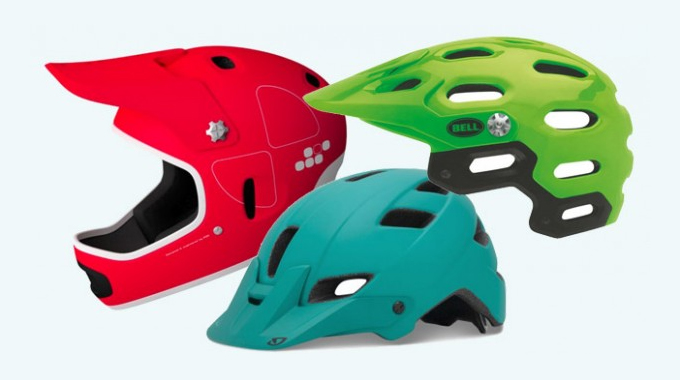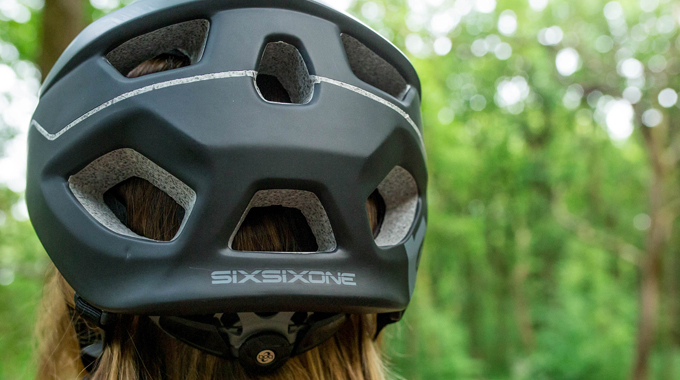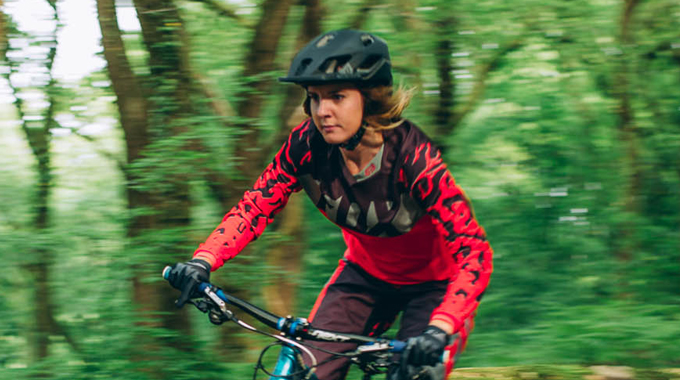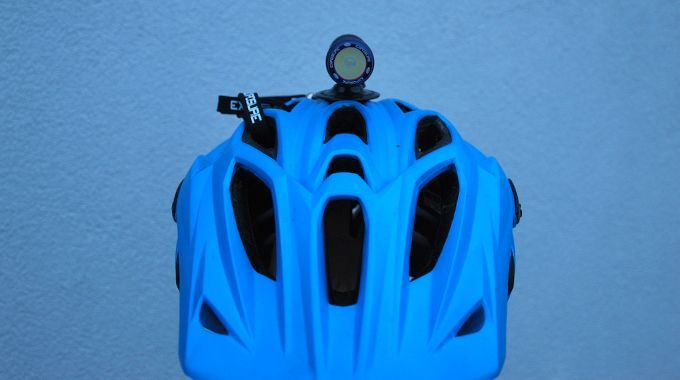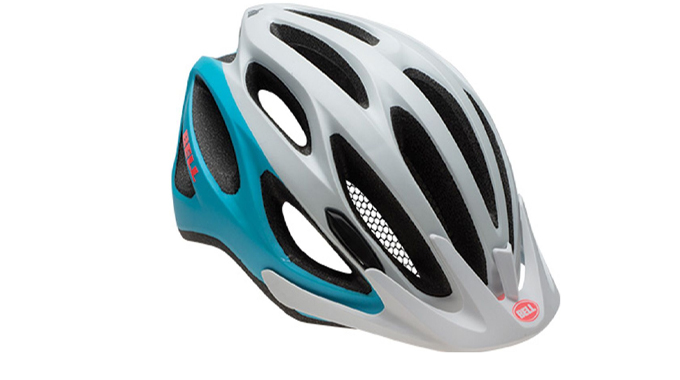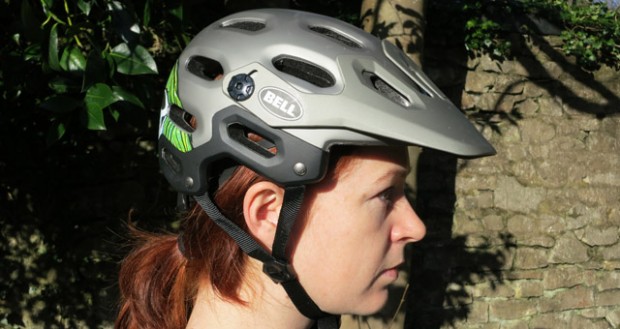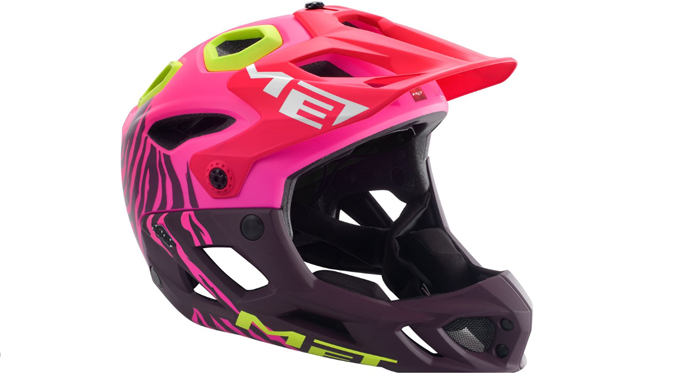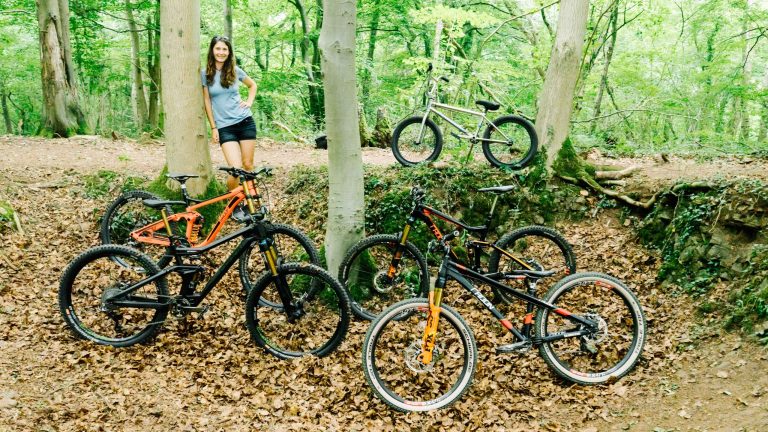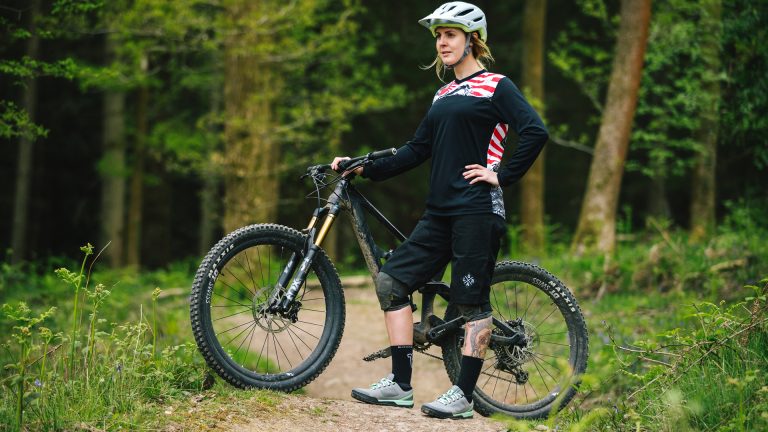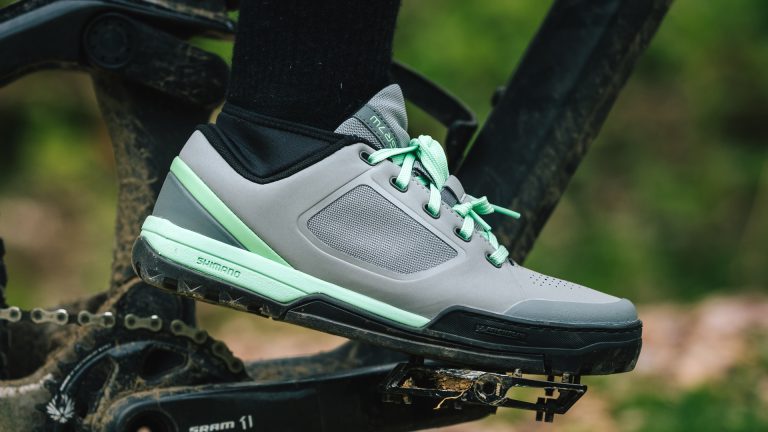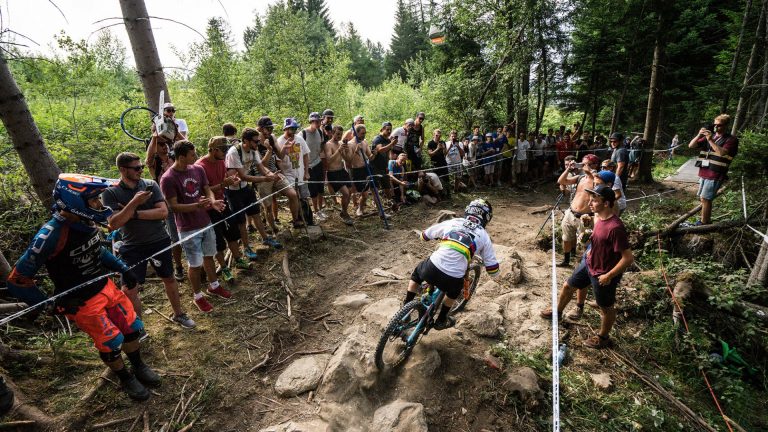Gone are the days of clunky shapeless mushroom helmets with ill-fitting straps and pinching pains. With mountain bikes getting lighter, tougher and seriously more stunning, head protection has been following suit.
Though it’s not a legal requirement, wearing a helmet on your bike is a very good idea – and at TWC we certainly recommend it. Many trail centres and bike-parks require you to wear a helmet on their site as a minimum, and the number of times we’ve inspected helmet damage after a crash and been thankful we weren’t inspecting our heads is enough to convince us. Steep trails, techy sections or even just a harsh gust of wind can knock you off the bike and head first into the unforgiving ground.
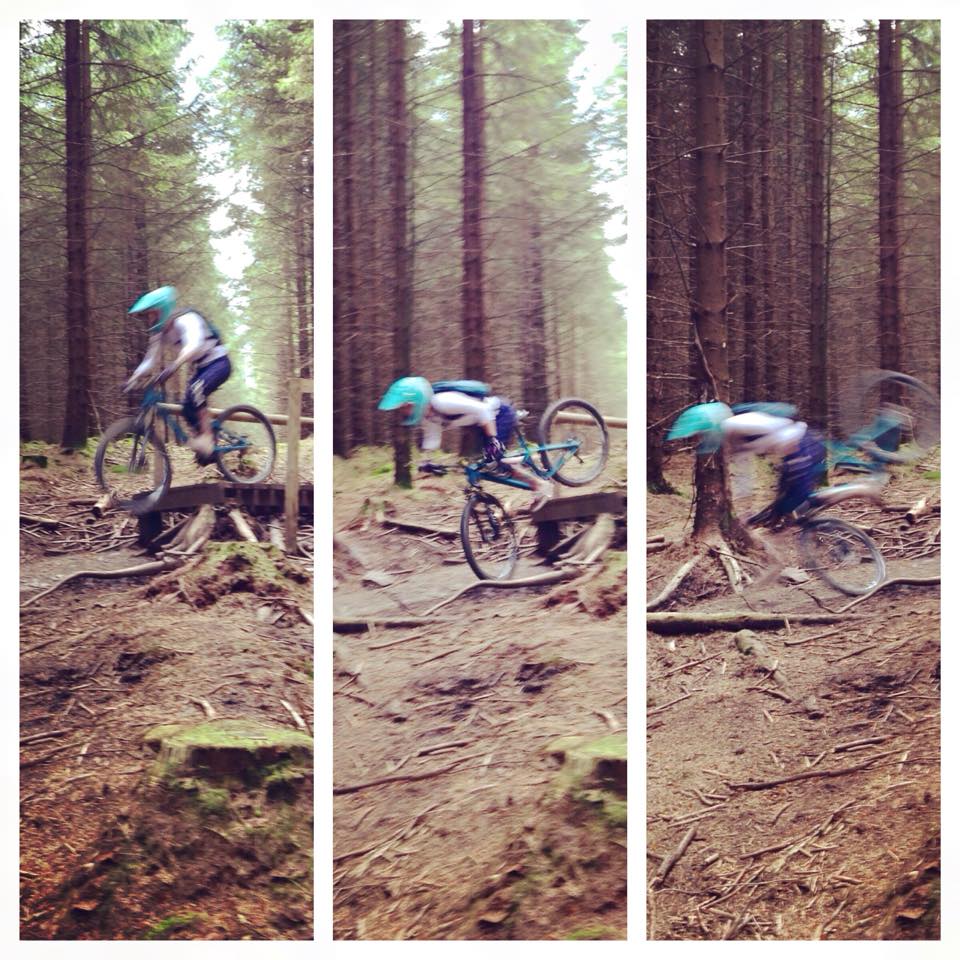
In the same way that mountain biking has broken down into many sub-genres, helmets have been developed to better suit varying styles of off-road riding: downhill, all-mountain, XC and even BMX. Fortunately, helmet brands are taking into consideration that no one wants to feel like bobble-head bimbling down a mountain, so head protection is getting sleeker, lighter and seriously awesome looking.


